In the fiercely competitive landscape of today's industries, the margin for error when developing new products is razor-thin. The key to success? Early engagement with your manufacturing partner in Design for Excellence (DFx) — a game-changer for cost, quality, and time-to-market!
This strategic approach is not just a buzzword; it's a game-changer. It sets the stage for product cost, quality, and time-to-market—factors that determine your competitive edge, as decisions made during the design phase set roughly 70-80% of these critical parameters.
Let's delve into the transformative power of a comprehensive DFx evaluation:
Design for Supply Chain Management (DFSCM): Streamlining the supply chain from the get-go.
What's Involved: Vendor selection, logistics planning, and inventory management.
Example: Imagine reducing lead times by 20% just by selecting suppliers who are logistically closer to your manufacturing units.
Design for Manufacturing (DFM): Making products easier and cheaper to manufacture.
What's Involved: Material selection, part simplification, and process optimization.
Example: A change in material from titanium to high-grade aluminum could result in a 15% cost reduction without compromising quality.
Design for Assembly (DFA): Simplifying product structure for efficient assembly.
What's Involved: Minimizing the number of parts and optimizing their orientation for assembly.
Example: By designing a snap-fit mechanism instead of using screws, you could reduce assembly time by 30%.
Design for Test (DFT): Ensuring products are easily testable post-manufacture.
What's Involved: Incorporating test points and diagnostic features into the design.
Example: Embedding QR codes for quick scanning can expedite the testing process by 25%.
Design for Quality (DFQ): Achieving excellence in product quality.
What's Involved: Robust design practices, tolerance analysis, and failure mode evaluation.
Example: By incorporating redundancy in critical components, you can enhance product reliability by up to 40%.
DFx is not about a “one-size-fits-all” approach to product development; it's a tailored strategy that insures you new product is aligned with your specific business objectives. It's about making informed decisions early on to set the trajectory for cost, quality, and time-to-market.
The bottom line? DFx is not just an engineering practice; it's a business imperative. Engage early, design smart, and set the stage for unparalleled success.

